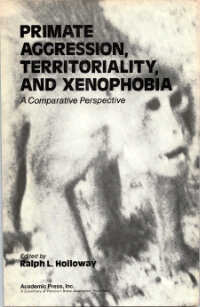Edited by Felice Blake Paula Ioanide and Alison Reed
"Antiracism Inc. traces the ways people along the political spectrum appropriate, incorporate, and neutralize antiracist discourses to perpetuate injustice. It also examines the ways organizers continue to struggle for racial justice in the context of such appropriations. Antiracism Inc. reveals how antiracist claims can be used to propagate racism, and what we can do about it. While related to colorblind, multicultural, and diversity discourses, the appropriation of antiracist rhetoric as a strategy for advancing neoliberal and neoconservative agendas is a unique phenomenon that requires careful interrogation and analysis. Those who co-opt antiracist language and practice do not necessarily deny racial difference, biases, or inequalities. Instead, by performing themselves conservatively as non-racists or liberally as ‘authentic’ antiracists, they purport to be aligned with racial justice even while advancing the logics and practices of systemic racism. Antiracism Inc. therefore considers new ways of struggling toward racial justice in a world that constantly steals and misuses radical ideas and practices. The collection focuses on people and methods that do not seek inclusion in the hierarchical order of gendered racial capitalism. Rather, the collection focuses on aggrieved peoples who have always had to negotiate state violence and cultural erasure, but who work to build the worlds they envision. These collectivities seek to transform social structures and establish a new social warrant guided by what W.E.B. Du Bois called “abolition democracy,” a way of being and thinking that privileges people, mutual interdependence, and ecological harmony over individualist self-aggrandizement and profits. These aggrieved collectivities reshape social relations away from the violence and alienation inherent to gendered racial capitalism, and towards the well-being of the commons. Antiracism Inc. articulates methodologies that strive toward freedom dreams without imposing monolithic or authoritative definitions of resistance. Because power seeks to neutralize revolutionary action through incorporation as much as elimination, these freedom dreams, as well as the language used to articulate them, are constantly transformed through the critical and creative interventions stemming from the active engagement in liberation struggles."
Brooklyn, NY: Punctum Books, 2019. 382p.





















